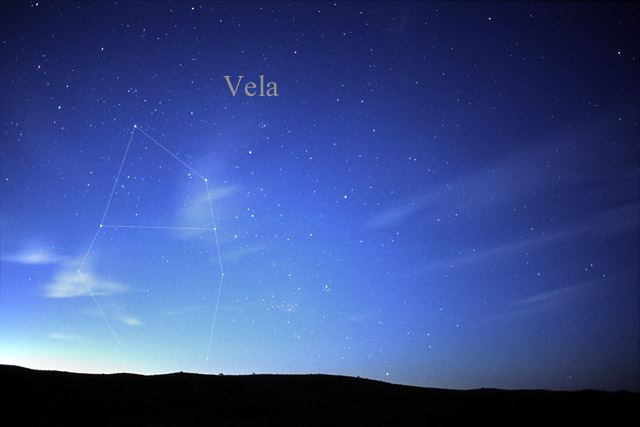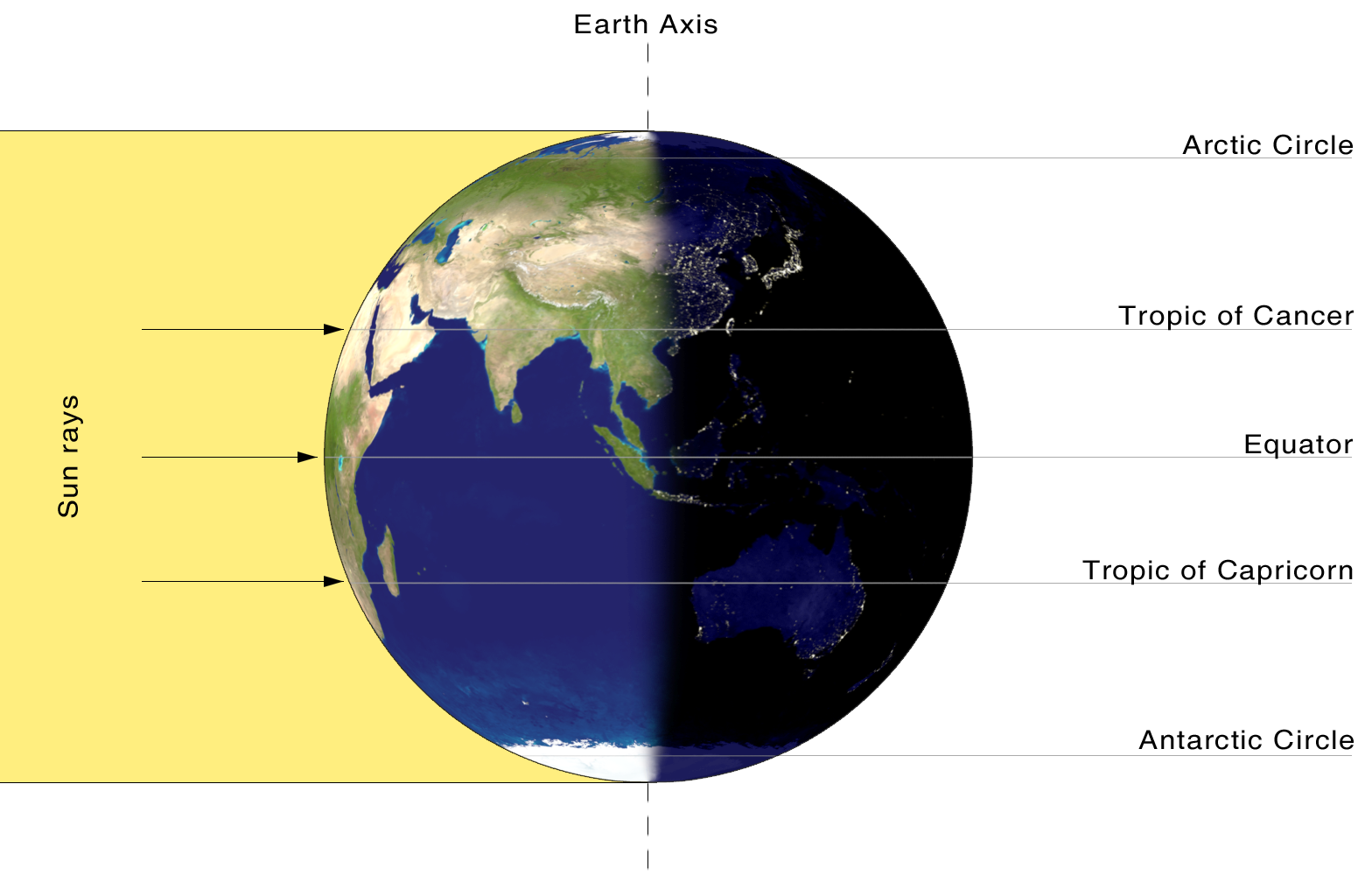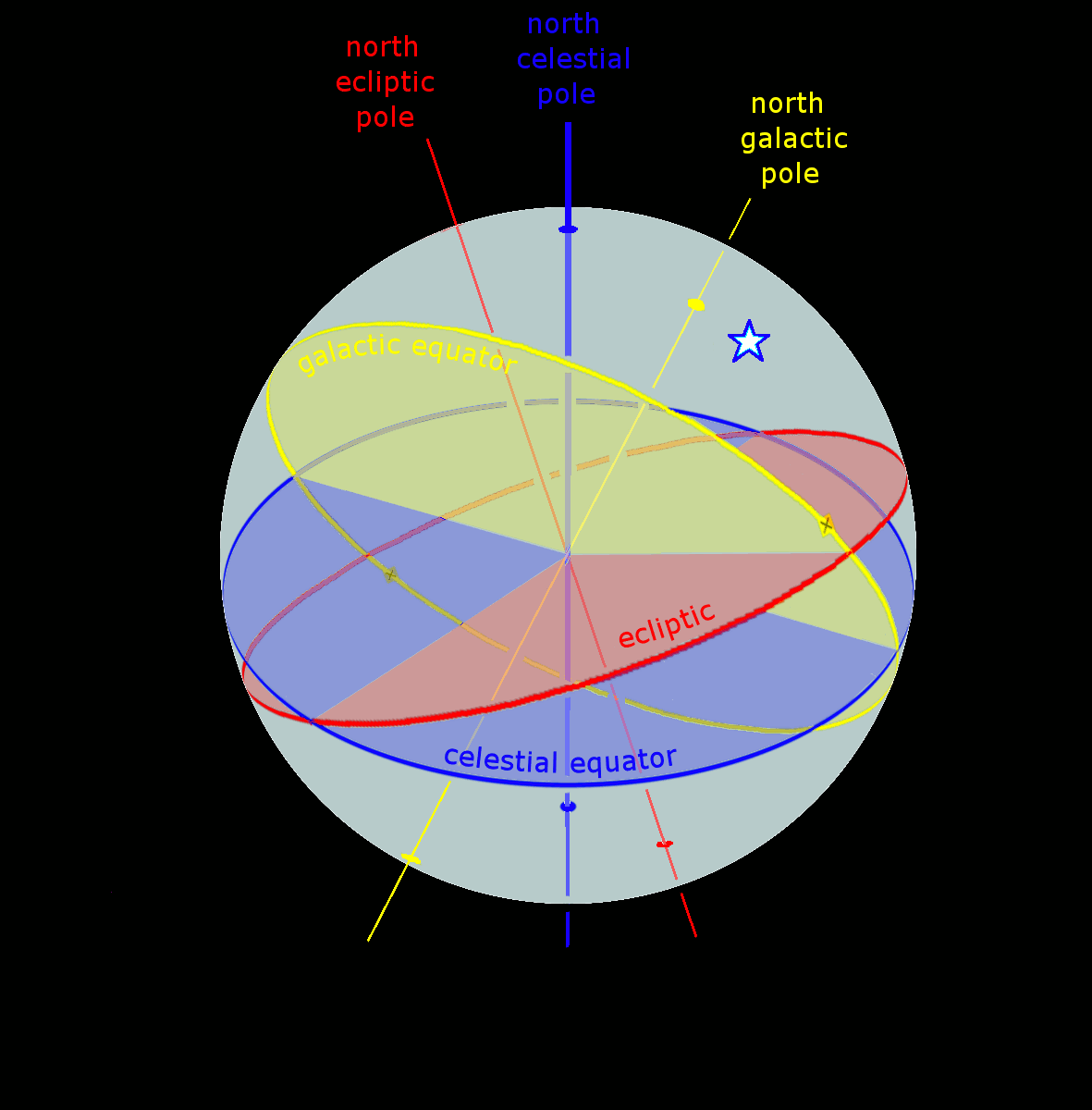|
Nibiru (Babylonian Astronomy)
Nibiru (also transliterated ''Neberu'', ''Nebiru'') is a term in the Akkadian language, translating to "crossing" or "point of transition", especially of rivers, i.e., river crossings or ferry-boats. While the nature of the "crossing" in astronomy has "long been a source of confusion in scholarly and popular opinion", in a 2015 report for the Cuneiform Digital Library Bulletin,Freedman, Immanuel "The Marduk Star Nēbiru" Retrieved 2015-10-11 (Cuneiform Digital Library Bulletin 2015:3) Immanuel Freedman analyzed the extant cuneiform evidence and concluded that the hypothesis that the name ''Nēbiru'' may be assigned to any visible astronomical object that marks an |
Akkadian Language
Akkadian ( ; )John Huehnergard & Christopher Woods, "Akkadian and Eblaite", ''The Cambridge Encyclopedia of the World's Ancient Languages''. Ed. Roger D. Woodard (2004, Cambridge) Pages 218–280 was an East Semitic language that is attested in ancient Mesopotamia ( Akkad, Assyria, Isin, Larsa, Babylonia and perhaps Dilmun) from the mid- third millennium BC until its gradual replacement in common use by Old Aramaic among Assyrians and Babylonians from the 8th century BC. Akkadian, which is the earliest documented Semitic language, is named after the city of Akkad, a major centre of Mesopotamian civilization during the Akkadian Empire (–2154 BC). It was written using the cuneiform script, originally used for Sumerian, but also used to write multiple languages in the region including Eblaite, Hurrian, Elamite, Old Persian and Hittite. The influence of Sumerian on Akkadian went beyond just the cuneiform script; owing to their close proximity, a lengthy span of con ... [...More Info...] [...Related Items...] OR: [Wikipedia] [Google] [Baidu] |
Vela (constellation)
Vela is a constellation in the southern sky, which contains the Vela Supercluster. Its name is Latin for the sails of a ship, and it was originally part of a larger constellation, the ship ''Argo Navis'', which was later divided into three parts, the others being Carina and Puppis. With an apparent magnitude of 1.8, its brightest star is the hot blue multiple star Gamma Velorum, one component of which is the closest and brightest Wolf-Rayet star in the sky. Delta and Kappa Velorum, together with Epsilon and Iota Carinae, form the asterism known as the False Cross. 1.95-magnitude Delta is actually a triple or quintuple star system. History Argo Navis was one of the 48 classical constellations listed by the 2nd-century astronomer Ptolemy, and represented the ship ''Argo'', used by Jason and the Argonauts on their quest for the Golden Fleece in Greek mythology. German cartographer Johann Bayer depicted the constellation on his '' Uranometria'' of 1603, and gave the stars B ... [...More Info...] [...Related Items...] OR: [Wikipedia] [Google] [Baidu] |
Babylonian Astronomy
Babylonian astronomy was the study or recording of celestial objects during the early history of Mesopotamia. The numeral system used, sexagesimal, was based on 60, as opposed to ten in the modern decimal system. This system simplified the calculating and recording of unusually great and small numbers. During the 8th and 7th centuries BC, Babylonian astronomers developed a new empirical approach to astronomy. They began studying and recording their belief system and philosophies dealing with an ideal nature of the universe and began employing an internal logic within their predictive planetary systems. This was an important contribution to astronomy and the philosophy of science, and some modern scholars have thus referred to this approach as a scientific revolution. This approach to astronomy was adopted and further developed in Greek and Hellenistic astrology. Classical Greek and Latin sources frequently use the term Chaldeans for the philosophers, who were cons ... [...More Info...] [...Related Items...] OR: [Wikipedia] [Google] [Baidu] |
Jupiter
Jupiter is the fifth planet from the Sun and the List of Solar System objects by size, largest in the Solar System. It is a gas giant with a Jupiter mass, mass more than 2.5 times that of all the other planets in the Solar System combined and slightly less than one-thousandth the mass of the Sun. Its diameter is 11 times that of Earth and a tenth that of the Sun. Jupiter orbits the Sun at a distance of , with an orbital period of . It is the List of brightest natural objects in the sky, third-brightest natural object in the Earth's night sky, after the Moon and Venus, and has been observed since prehistoric times. Its name derives from that of Jupiter (god), Jupiter, the chief deity of ancient Roman religion. Jupiter was the first of the Sun's planets to form, and its inward migration during the primordial phase of the Solar System affected much of the formation history of the other planets. Jupiter's atmosphere consists of 76% hydrogen and 24% helium by mass, with a denser ... [...More Info...] [...Related Items...] OR: [Wikipedia] [Google] [Baidu] |
September Equinox
The September equinox (or southward equinox) is the moment when the Sun appears to cross the celestial equator, heading southward. Because of differences between the calendar year and the tropical year, the September equinox may occur from September 21 to 24. At the equinox, the Sun as viewed from the equator rises due east and sets due west. Before the Southward equinox, the Sun rises and sets more northerly, and afterwards, it rises and sets more southerly. The equinox may be taken to mark the end of astronomical summer and the beginning of astronomical autumn (autumnal equinox) in the Northern Hemisphere, while marking the end of astronomical winter and the start of astronomical spring (vernal equinox) in the Southern Hemisphere. Occurrences The September equinox is one point in time commonly used to determine the length of the tropical year. The dates and times of the September equinoxes that occur from the year 2018 to 2028 (UTC) are listed as follows: Const ... [...More Info...] [...Related Items...] OR: [Wikipedia] [Google] [Baidu] |
Tišritum
The Babylonian calendar was a lunisolar calendar used in Mesopotamia from around the 2nd millennium BC until the Seleucid Era ( 294 BC), and it was specifically used in Babylon from the Old Babylonian Period ( 1780s BC) until the Seleucid Era. In the Seleucid Era it was reformed as "Greek time", Anno Graecorum was introduced and used in the Middle East and Egypt until the middle of the first millennium when the First Council of Nicaea AD 325 defined the Church year based on the Roman early Julian calendar. As Anno Graecorum formed the basis for time references in the Bible and spread westward, it rather increased the Babylonian calendars importance. The Babylonian calendar is also partly reflected in calendars in South and East Asia and the Islamic calendar as well as Iranian calendars. The Julian calendar inherited the definitions of the 12 month system, week, hour etc. from the Babylonian calendar and the current Jewish calendar can be seen as a slightly modified Babylonian cale ... [...More Info...] [...Related Items...] OR: [Wikipedia] [Google] [Baidu] |
Libra (constellation)
Libra is a constellation of the zodiac and is located in the Southern celestial hemisphere. Its name is Latin for weighing scales. Its old astronomical symbol is (♎︎). It is fairly faint, with no apparent magnitude, first magnitude stars, and lies between Virgo (constellation), Virgo to the west and Scorpius to the east. Beta Librae, also known as Zubeneschamali, is the brightest star in the constellation. Three star systems are known to have planets. Features Stars Overall, there are 83 stars within the constellation's borders brighter than or equal to apparent magnitude 6.5. The brightest stars in Libra form a quadrilateral, quadrangle that distinguishes it for the unaided observer. Traditionally, Alpha and Beta Librae are considered to represent the scales' balance beam, while Gamma and Sigma are the weighing pans. Alpha Librae, called Zubenelgenubi, is a multiple star system divisible into two stars when seen through binoculars, The primary (Alpha2 Librae) is a blue ... [...More Info...] [...Related Items...] OR: [Wikipedia] [Google] [Baidu] |
Astronomical Coordinate Systems
In astronomy Astronomy is a natural science that studies celestial objects and the phenomena that occur in the cosmos. It uses mathematics, physics, and chemistry in order to explain their origin and their overall evolution. Objects of interest includ ..., coordinate systems are used for specifying positions of celestial objects (natural satellite, satellites, planets, stars, galaxy, galaxies, etc.) relative to a given reference frame, based on physical reference points available to a situated observer (e.g. the true horizon and true north, north to an observer on Earth's surface). Coordinate systems in astronomy can specify an object's relative position in three-dimensional space or plot (graphics), plot merely by its direction (geometry), direction on a celestial sphere, if the object's distance is unknown or trivial. spherical coordinate system, Spherical coordinates, projected on the celestial sphere, are analogous to the geographic coordinate system used on the ... [...More Info...] [...Related Items...] OR: [Wikipedia] [Google] [Baidu] |
Venus
Venus is the second planet from the Sun. It is often called Earth's "twin" or "sister" planet for having almost the same size and mass, and the closest orbit to Earth's. While both are rocky planets, Venus has an atmosphere much thicker and denser than Earth and any other rocky body in the Solar System. Its atmosphere is composed of mostly carbon dioxide (), with a global sulfuric acid cloud cover and no liquid water. At the mean surface level the atmosphere reaches a temperature of and a pressure 92 times greater than Earth's at sea level, turning the lowest layer of the atmosphere into a supercritical fluid. Venus is the third brightest object in Earth's sky, after the Moon and the Sun, and, like Mercury, appears always relatively close to the Sun, either as a "morning star" or an "evening star", resulting from orbiting closer ( inferior) to the Sun than Earth. The orbits of Venus and Earth make the two planets approach each other in synodic periods of 1.6 years ... [...More Info...] [...Related Items...] OR: [Wikipedia] [Google] [Baidu] |
Fomalhaut
Fomalhaut (, ) is the brightest star in the southern constellation of Piscis Austrinus, the Southern Fish, and one of the brightest stars in the night sky. It has the Bayer designation Alpha Piscis Austrini, which is an alternative form of α Piscis Austrini, and is abbreviated Alpha PsA or α PsA. This is a class A star on the main sequence approximately from the Sun as measured by the Hipparcos astrometry satellite. Since 1943, the spectrum of this star has served as one of the stable anchor points by which other stars are classified. It is classified as a Vega-like star that emits excess infrared radiation, indicating it is surrounded by a circumstellar disk. Together with the K-type main-sequence star TW Piscis Austrini, and the red dwarf star LP 876-10, Fomalhaut constitute a triple star system, even though the companions are separated by approximately 8 degrees. Fomalhaut was the first stellar system with an extrasolar planet candidate im ... [...More Info...] [...Related Items...] OR: [Wikipedia] [Google] [Baidu] |
Ea (Babylonian God)
Enki ( ) is the Sumerian god of water, knowledge ('' gestú''), crafts (''gašam''), and creation (''nudimmud''), and one of the Anunnaki. He was later known as Ea () or Ae p. 324, note 27. in Akkadian (Assyrian-Babylonian) religion, and is identified by some scholars with Ia in Canaanite religion. The name was rendered Aos within Greek sources (e.g. Damascius). He was originally the patron god of the city of Eridu, but later the influence of his cult spread throughout Mesopotamia and to the Canaanites, Hittites and Hurrians. He was associated with the southern band of constellations called ''stars of Ea'', but also with the constellation AŠ-IKU, ''the Field'' ( Square of Pegasus). Beginning around the second millennium BCE, he was sometimes referred to in writing by the numeric ideogram for "40", occasionally referred to as his "sacred number". The planet Mercury, associated with Babylonian ''Nabu'' (the son of Marduk) was, in Sumerian times, identified with Enki, as ... [...More Info...] [...Related Items...] OR: [Wikipedia] [Google] [Baidu] |
Equinox
A solar equinox is a moment in time when the Sun appears directly above the equator, rather than to its north or south. On the day of the equinox, the Sun appears to rise directly east and set directly west. This occurs twice each year, around 20 March and 23 September. An equinox is equivalently defined as the time when the plane of Earth's equator passes through the geometric center of the Sun's disk. This is also the moment when Earth's rotation axis is directly perpendicular to the Sun-Earth line, tilting neither toward nor away from the Sun. In modern times, since the Moon (and to a lesser extent the planets) causes Earth's orbit to vary slightly from a perfect ellipse, the equinox is officially defined by the Sun's more regular ecliptic longitude rather than by its declination. The instants of the equinoxes are currently defined to be when the apparent geocentric longitude of the Sun is 0° and 180°. The word is derived from the Latin ', from ' (equal) and ' ( ... [...More Info...] [...Related Items...] OR: [Wikipedia] [Google] [Baidu] |









